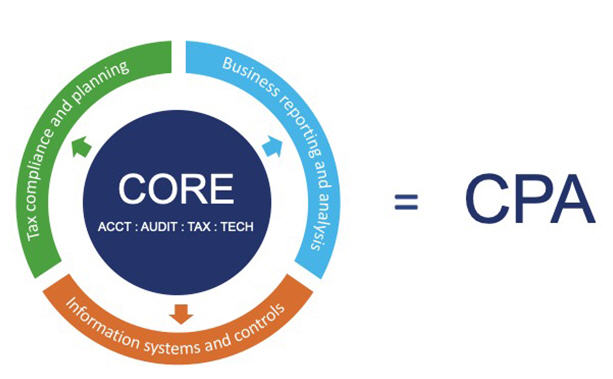
Key Performance Indicator (KPI) for Accountant
To name a few:
Client-Focused KPIs
- Client Retention Rate: Percentage of clients that continue using your services year to year. A high retention rate indicates client satisfaction and a stable practice.
- Client Satisfaction (CSAT): Surveys to gauge client satisfaction with services, communication, and overall experience with your firm.
- Net Promoter Score (NPS): Measures client loyalty and their likelihood of recommending your services to others.
- Client Referral Rate: Percentage of new clients coming through referrals from existing clients. Strong referrals reflect client satisfaction.
- Average Client Lifetime Value (CLV): The projected total revenue generated from a client over the duration of their relationship.
Financial KPIs
- Profitability: Track both gross and net profit margins to measure overall firm health.
- Realization Rate (Utilization): Percentage of billable hours vs. total work hours. Higher realization means better use of your team’s time.
- Revenue per Employee: Measures revenue generated per employee. Helps track workforce efficiency and productivity.
- Overhead Ratio: Overhead costs (rent, admin, etc.) as a percentage of revenue. Manage this ratio closely for optimal profitability.
- Days Sales Outstanding (DSO): Average time it takes to collect payment. Lower DSO indicates a healthier cash flow.
Service Delivery KPIs
- Turnaround Time: Average time to complete tasks like tax returns, financial statements, or audits. Timely completion is crucial for client satisfaction.
- Error Rate: Percentage of work requiring rework or correction due to errors. High accuracy is paramount for the accounting profession.
- On-Time Filing Rate: Percentage of tax returns and compliance documents filed on or before deadlines to avoid penalties.
Growth & Sales KPIs
- New Clients Acquired: The number of new clients added in a given period. Tracks growth of your client base.
- Sales Conversion Rate: Percentage of leads or consultations that convert into paying clients. Tracks the effectiveness of your sales process.
- Marketing ROI: Return on investment for various marketing initiatives. Helps focus on the most effective strategies.
Operational KPIs
- Work in Progress (WIP): Value of work started but not yet billed. Helps with projecting revenue and resource planning.
- Project Profitability: Profit margin on individual client projects. Identifies the most profitable service areas.
- Technology Adoption: Track utilization and success of accounting software, practice management tools, etc., to maximize efficiency.
Employee-Focused KPIs
- Employee Satisfaction: Track morale and engagement with surveys. Engaged employees contribute to better client service.
- Training & Development Hours: Investment in ongoing professional development enhances your team’s skills and knowledge base.
- Employee Turnaround Rate: Percentage of staff leaving in a given period. High turnover can be disruptive and expensive.
